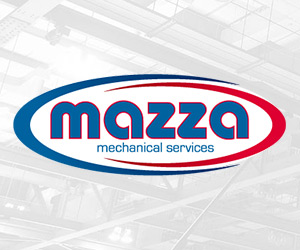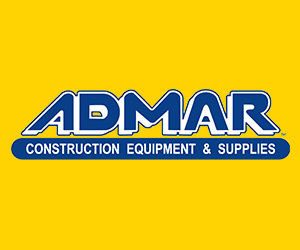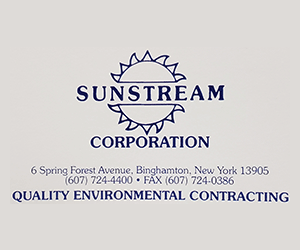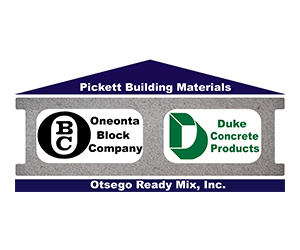Is DOI the best way?

Polished concrete was front and center during this year’s World of Concrete. The sold-out Polished Concrete Luncheon featured an all-star panel that discussed appropriate ways to measure the surface appearance of a polished concrete floor. Pat Harrison, Structural Services Inc., commented that as a specifier he needs an objective, numerical way to measure the surface appearance that would allow him to specify a minimum distinctness of image (DOI) value—to define aesthetics in a numerical way. “There’s no point in specifying something if it can’t be measured,” he said. “If we get this right, it can redefine the entire polished concrete industry.”
Chad Gill, current director of the ASCC Concrete Polishing Council and president of Concreate, described the Polished Concrete Appearance Chart that CPC is considering adopting, which sets an image clarity value for various levels of polishing and also a haze index—more about that in a minute. Jim Cuviello, Cuviello Concrete, discussed how to go about measuring DOI and discussed the four sample panels he made. Jennifer Faller, InSite Consulting, agreed that DOI is the right way to measure a polished surface, since gloss and roughness (RA) do not really indicate a properly polished surface.
At the end of the luncheon, and during the week in the ASCC booth, the four sample panels created by Jim Cuviello were available for testing. Cuviello noted that he spent a lot of time and various techniques getting the four panels to represent four distinct levels of polish: 1. Flat (ground), 2. Satin (honed), 3. Polished, 4. Highly polished.
There were 33 participants in the testing, using instruments from Rhopoint and Elcometer and each measured DOI, haze, and gloss. The results showed that apparently Cuviello succeeded, since the DOI readings clearly indicated the four different levels of polish. ASCC Technical Director Bruce Suprenant says that if all agree this may allow the Concrete Polishing Council to update its Polished Concrete Appearance Chart.
Having the ability to produce a polished floor that can be tested and shown to represent a specific value will be a huge advance in the polished concrete business. Not only does it give specifiers something to pin their expectations on, it also protects the contractor when the owner says, “This isn’t what I wanted.”
One more development in the polished concrete world: the Concrete Polishing Council is about to debut a certification program for concrete polishing craftsmen. That’s another major step towards building this industry into a truly professional part of the concrete business.








